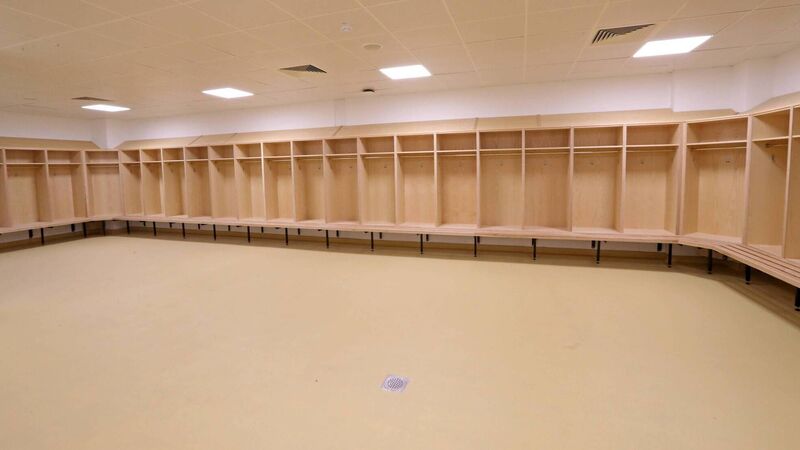Michael Moynihan: Dressing rooms are back. Good.

General View of one of the redeveloped Pairc Ui Chaoimh dressing rooms
Dressing romms are back in the GAA, and not before time. The move restores equilibrium to everyone involved after months of uncertainty.











